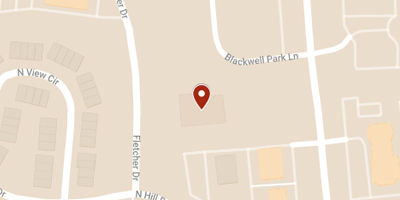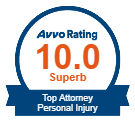Imagine this scenario: you are in a car crash, and you take out your cell phone to call for help. Because of your injuries, you are not able to speak or you are not sure where you are – but you expect that the emergency dispatcher can pinpoint your location because of your cell phone signal. However, even after placing a call to 911 no help arrives. What happened?
This is the situation for many people across the country. Depending on the emergency response center you call, they may not be able to trace your call and you won’t be rescued unless you can identify your location yourself.
Because so many people rely so much on cell phones, many U.S. carriers have implemented technology in newer phones that allows systems to locate a phone by GPS or by cell phone tower triangulation. The technology is known as “Enhanced 911” or E911. Federal law requires that this technology be built into 95 percent of the phones sold by every carrier.
Unfortunately, despite this requirement a new phone with E911 is only as good as the emergency center it calls. If the 911 operator does not have the right system to pinpoint a cell phone’s location, the operator will not be able to dispatch help to a person unable to speak or unable to describe the location.
Research by the National Emergency Number Association (NENA), a nonprofit group that works to promote 911 programs across the country, has revealed that about ten percent of 911 call centers do not have the equipment necessary to pinpoint a cell phone’s location. This means that if you are involved in a serious auto accident in an unfamiliar location, help could be delayed.
A lack of upgrades at emergency call centers is not the only problem. In addition, victims making emergency cell phone calls can be left without help because:
- Location information in rural areas can be inaccurate because cell phone towers used for triangulation are much further apart than in more populated areas. These rural cell towers are often older and less technologically advanced, which contributes to triangulation limitations.
- Location information in densely populated areas can also be inaccurate because while a phone can be located at a specific street address, in tall buildings a victim could be on any floor or in any room of the building.
- The federally permitted margin of error on E911 compliant phones – 300 meters, or more than three football fields – means that even in the best situations location information could be way off.
- Cell phone carriers themselves are responsible for ensuring that they meet FCC E911 regulations. No independent organization ensures compliance with the federal mandate, so the degree to which a carrier’s equipment complies will vary.
What advice do experts have for people concerned about getting to 911 in an emergency? Know what kind of device you have and what kind of callback and location information features it supports. Find out the limitations of your cell phone, which you can find out from your service provider. Also, always be aware of your location so you can describe where you are to an emergency dispatcher in case of emergency.
Do you have questions about a serious car or truck accident in which you were involved? Please contact the attorneys at the Northern Virginia law firm Dulaney, Lauer & Thomas to discuss your case with a lawyer for no cost or obligation.
DULANEY, LAUER & THOMAS, LLP
Warrenton Office
98 Alexandria Pike, Suite 11
Warrenton, VA 20186
Toll Free: 888.907.2631
Local: 540.349.2631
Culpeper Office
209 N. West Street
Culpeper, VA 22701
Toll Free: 800.741.1012
Local: 540.825.6046














